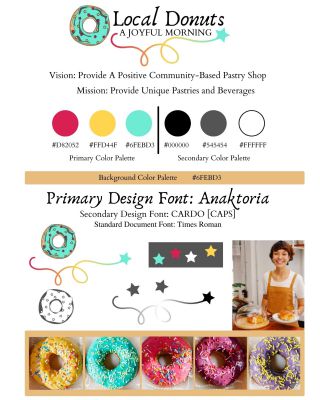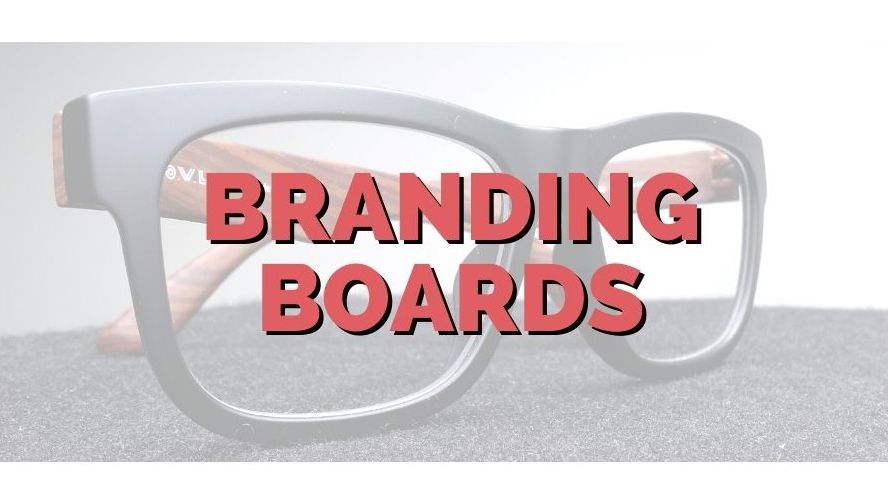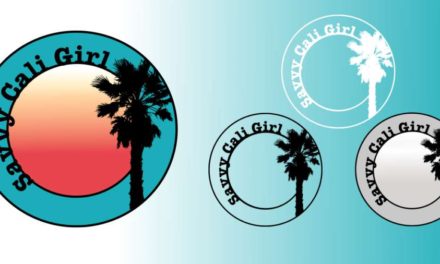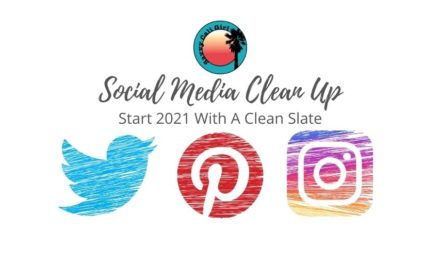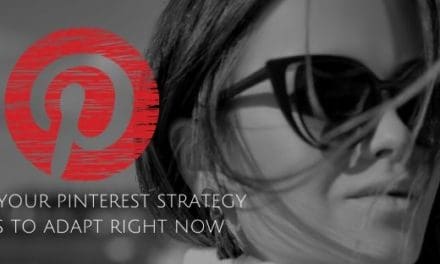What Is Branding?
Corporate Branding
In the corporate world, branding starts with development teams. With a ton of research in hand, they assess how they want to position their company. Brands can compete within their industry, amongst competitors, against their past activity, and more. They even control how perceptions should develop over time. Typically, a message develops such as quality choice, fastest services, most reliable, and so forth and so on.
Once that concept is cemented, it moves to the marketing teams to execute. How does a company say they are the most reliable for example and put forth that impression continually? It’s through the process of branding with messaging, visuals, testimonials, studies, surveys, and more.
Small Business Entrepreneurial Branding
In a small business, all of that is a lot to take on! Most small businesses really just need a few ideas or examples to get started and a roadmap to follow. With an example business and a template, the ideas of branding boards and branding are much easier to learn and implement.
Let’s just start simple with a small business in anywhere, USA. I love happy, sweet things so I’ve decided to dedicate this post to a small-time bakery opening in a small community. The business is not real but is quite dreamy, not to mention fun to imagine.
Obviously, at the outset, a bakery’s product should be delicious right? Next, comes questions of why their bakery is better. Do they have lots of options for those with dietary restrictions? Is there one particular item that everyone wants? Is the location ideal for commuters? Do they have the best cake decorator in town?
As a result, these questions lead you down a path to branding that bakery business. And once you have that “message” you want to convey, the branding tasks begin.
Why Does Branding Matter?
Think about how many hats a small business owner wears on any given day. Their brand impression may not necessarily be top of mind while fulfilling orders or stocking a shelf. It will however be incredibly important if you are booking a client. Customers have to trust you to execute, a wedding cake for example. Your branding should include referrals, testimonials, and messaging that reflects reliability along with competency, right?
Safety is an area that has been hit hard recently in the small business community. Are your services, your establishment, or even your products safe?
You saw grocery chains adapt to allow elderly or immunocompromised customers time to shop earlier in the day before the rest of the shoppers. This established trust within their community at a time when safety was a major concern.
What Is A Branding Board?
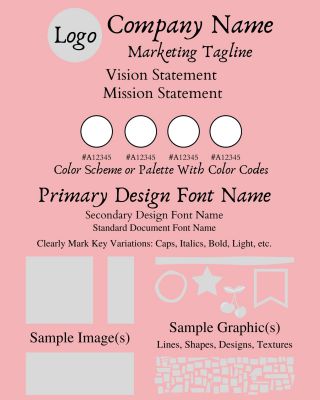
Think of the branding board as a quick reference sheet or the cliff notes to who you are as a business. In those terms, it’s easy to get started. We’ll go through each section of a branding board for you as well as help you to ask questions to develop your brand.
With a simple sheet to work with, it’s easier to narrow your focus, use specific examples, identify what fits together, and so on. This simple template can help you get started. I use it throughout this post but you can certainly customize it to your needs.
What Is The Difference Between a Style Sheet and a Branding Board?
While a branding board is helpful in graphic design, it is also a very “top-level” document. Meaning, most graphic designers creating print media, brochures and such, want a very specific set of rules to follow.
You should specify the sizes and weights of fonts for example. If you prefer your logo always on the left or center is another example of how graphics and logos are utilized. Even how you want your social platforms’ locations and links displayed is still yet another instance of laying out your vision.
As an independent, you can get started with a simplified approach. You just need a branding board. With a simple branding board and a few elements of the style sheet, any small business can succeed.
Branding Boards Encompass Mission Statements, Vision Statements, and Taglines
You may not believe a mission or vision statement is important in a very small business but I would argue it is central to success. Why? Knowing how and what you do on a day-to-day basis coupled with why you do it really matters! Additionally, the tagline of your business will incorporate those mission and vision statements.
Defining Mission and Visions Statements
The grind of business is grueling and you will absolutely be pulled in many directions on a daily basis. It’s critical to have a framework for operations and planning purposes. Knowing why and how you are going to operate, beyond just the almighty dollar can help you stay on target.
To clarify, Local Donuts may be all about a “joyful morning” but you might have a bigger vision of being part of a community. That means participating in local events or causes would be an integral activity.
If you have the vision to serve those with dietary issues, you may continue to focus on developing gluten-free or sugar options and highlight them in your marketing. Perhaps distribute flyers at nearby clinics or hospitals with your offerings. You could even start a YouTube channel with cooking tips.
With these examples, you can clearly see the difference between a vision statement which is your “purpose” and a mission statement that is really about the how.
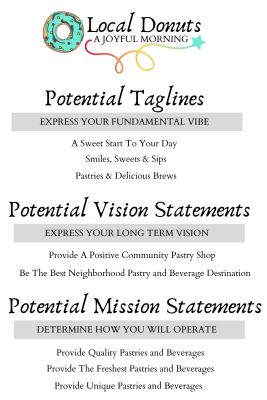
A Tagline Is Not A Slogan!
While many use slogans and taglines interchangeably, they are actually different. Slogans are often temporary and related to a particular product or marketing campaign. A tagline often accompanies the business logo throughout the lifetime of that company and efficiently conveys its messaging. You can dig deeper with this article from Kapok Marketing which provides examples.
Logos Are Integral On Your Branding Boards
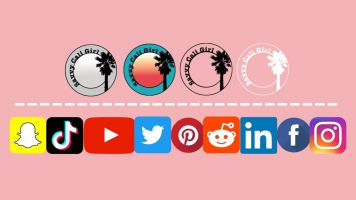
- It should be clear and visible no matter the size or platform.
- The logo should have a limited color scheme. Remember, it is not an extensive art piece but rather the most scaled-down version of colors for your brand. Limiting the logo will also cut down on future print or embroidery costs for example.
- Have a lot of versions of the logo, company name, and tagline. Why? Sometimes backgrounds are dark, other times white, sometimes busy or other times stark.
- Create jpeg, png, svg, and other formats ready to go for your team. Not having the proper file type creates delays or bottlenecks for you or your employees.
- Create a master list of the platforms where the logo will appear, along with the type and technical sizes required. Again, if a platform changes, it’s easy to update and adjust your files accordingly. You can’t possibly remember which sizes are required everywhere, right?
- Consider developing branding boards before finalizing a logo. Why? If you choose a logo that can’t work with all the pieces of your marketing plans, you could be forced to redesign before even launching.
Elements of a Branding Boards Include a Well-Defined Color Palette
A lot of branding boards will use circles, squares, rectangles, or even a unique shape to display the colors in your branding.
I like to go a step further and identify how the colors should be deployed. There are the primary brand colors which would be only a handful of colors including those used in your logo, backgrounds, and text.
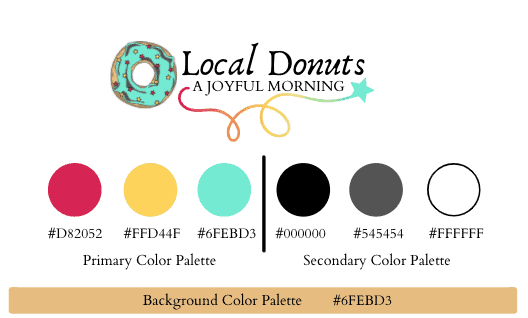
Once you have the colors loaded, add the hex codes. They are the numerical representations of color. Colors can be depicted in Hex, RGB, CMYK, and Pantone. If you are an entrepreneur going it alone or a small business owner wearing many hats, the hex codes would be enough to start. Almost any tool you use like Canva or Photoshop will identify the code which is a mix of numbers and letters.
To be fair though, there are a lot of considerations in color choice and we could devote an entire post to color alone. Choosing colors that are “reader-friendly” means those with disabilities can easily distinguish your colors while surfing the web. For creating a vast amount of embroidered or graphics on t-shirts, for example, choosing standardized colors would be helpful. Choosing a logo that only has two or three colors also keeps costs under control.
Typography Identification In Branding Boards
Typography should also convey the feeling you expect as part of the bigger picture of your brand, For example, a fun donut shop can have a little spot of whimsical fun. A lawyer’s site conveys a serious vibe to instill confidence.
Lastly, it is absolutely important to list several fonts for various situations. From brochures to signage, any given font should be readily available. Also, detail the sizes and ratios and precisely where each font should be used.
Finally, limit the number of fonts. Too many take away from a cohesive message.
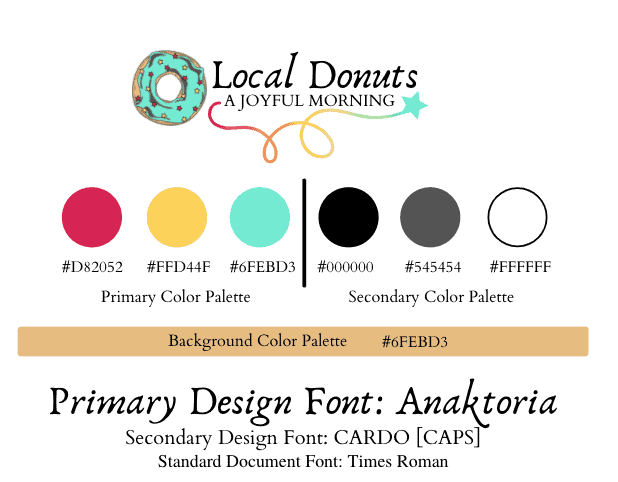
Get Inspired and Develop Your Branding Boards With Imagery and Graphics
In this case, Local Donuts is a happy way to start your day. Why? This headshot of the baker or clerk grins from ear to ear. Additionally, the graphic elements are stars and squiggly lines. I used bright colors from the logo. Even the background color is from the image. Coincidentally, it’s is a nod to the color of croissants. It all fits!
One way I have always begun a logo branding journey is through the identification of images that fit then find graphics that work with those pictures. That is my process but you will find your own methodology.

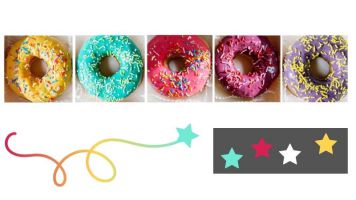
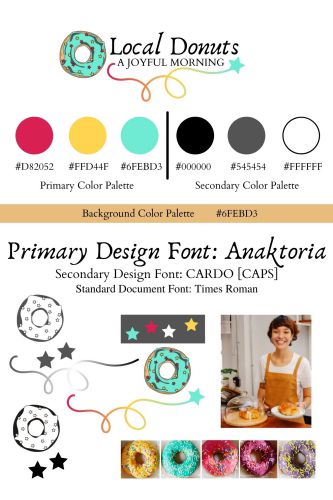
Final Thoughts On Branding Boards
Get started with a few images. Grab a few graphics that appeal to you. Pull out colors that jive with the photos. Test out the fonts on a few phrases. Throw lots of taglines, mission or vision statements at the wall. Make a massive jumbled mess then start sorting and refining.

